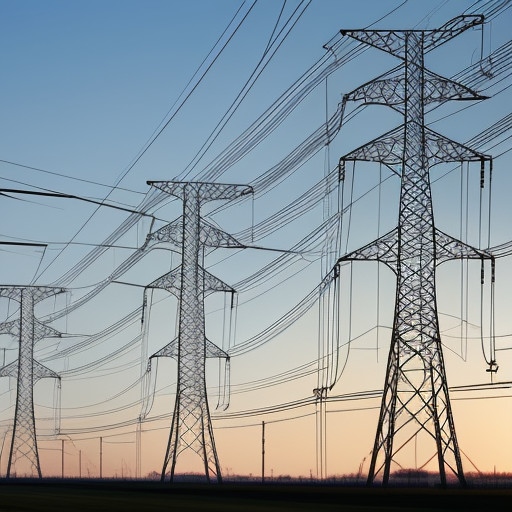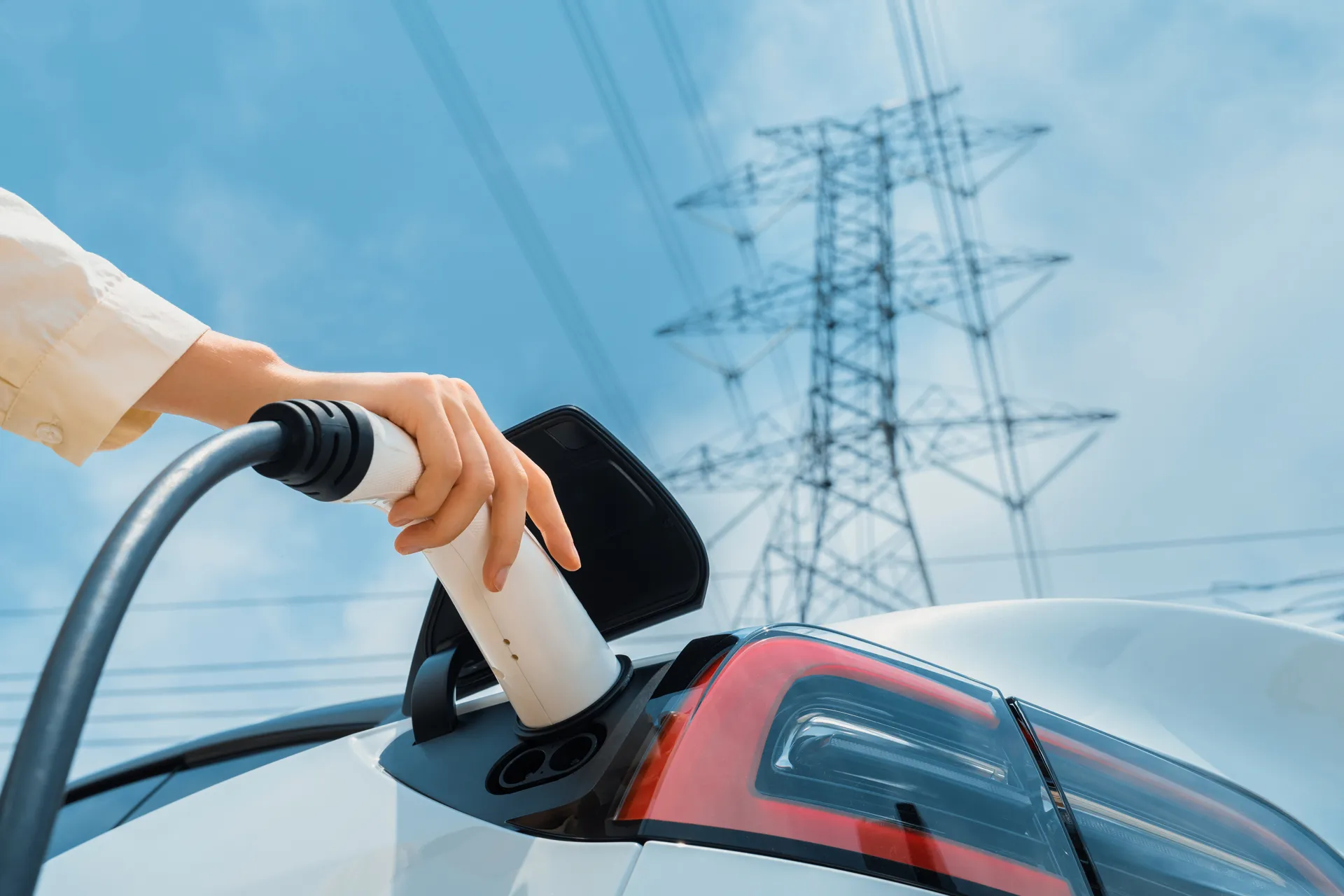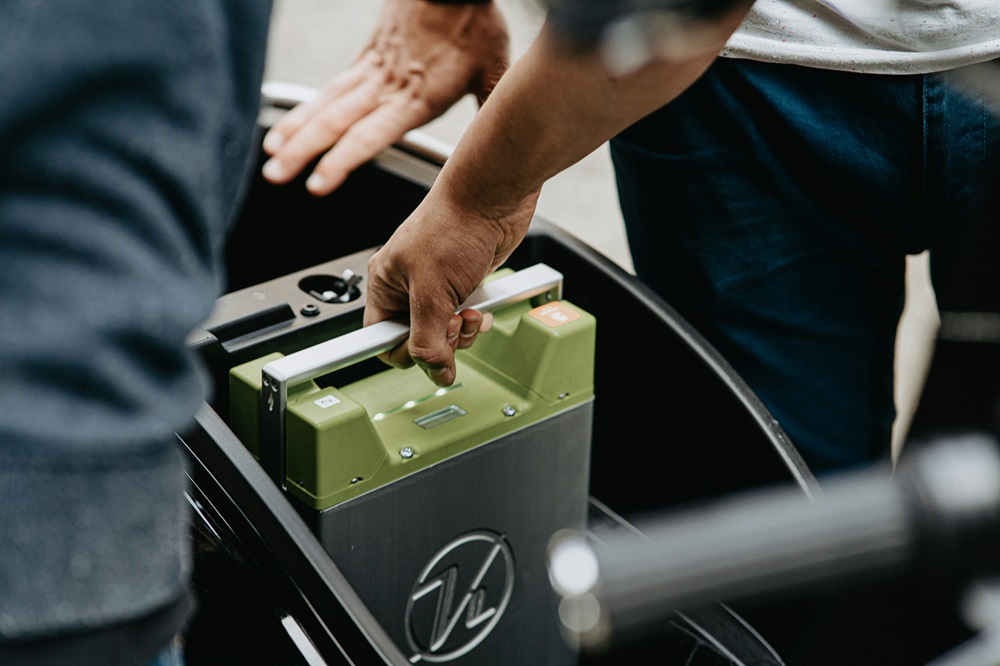India's power transmission sector requires massive
investments due to the evolving energy landscape, particularly driven by the
rapid growth in renewable energy capacity. To meet the country's ambitious goal
of achieving 500 GW of renewable energy capacity by 2030, the transmission
infrastructure needs to be significantly upgraded and expanded. This includes
enhancing the existing transmission lines, building new high-voltage corridors,
and ensuring sufficient substation capacities to manage the growing demand for
electricity. The required investment, estimated at ₹8.2 trillion by 2030, will
fund these expansions, facilitating the integration of renewable energy sources
like solar and wind into the grid while meeting peak demand projections.
The development of transmission infrastructure is crucial to
accommodate the growing renewable energy capacity, address regional imbalances
in power generation, and ensure a reliable and efficient power supply across
the country. India's renewable energy generation is geographically concentrated
in regions like the West and South, with a decline in the North and Eastern
region’s share. To overcome this, the transmission network must be strengthened
to enable efficient power evacuation from renewable-rich states to demand-heavy
regions. Furthermore, doubling the annual transmission line additions and
substation capacities is necessary to balance the evolving regional energy mix
and ensure the smooth flow of electricity across regions.
The expansion of transmission infrastructure directly
impacts India's renewable energy (RE) sector by improving grid stability and
enabling the efficient integration of renewable sources. As renewable energy
generation increases, especially from solar and wind, robust transmission
infrastructure will allow excess energy to be transported to areas of high
demand, reducing wastage and ensuring energy security. Additionally,
strengthening the transmission network will encourage investments in renewable
energy projects, ensuring that power generated from green sources is
consistently delivered to the grid. This will accelerate India's transition to
a cleaner, more sustainable energy system, vital for achieving its climate
goals.
However, the development of transmission infrastructure faces several challenges, including land acquisition and right of way (RoW) issues, which can cause delays and increase costs. The complex and time-consuming process of acquiring land for new transmission corridors often faces resistance from local communities and environmental concerns. Moreover, the sector faces reliance on global supply chains for high-tech components, and regulatory hurdles. Despite these obstacles, the growth in predictive maintenance technologies, AI, drones, and digital monitoring systems offers opportunities to mitigate these issues and improve operational efficiency, presenting a clear pathway to a more resilient transmission network. The development of this infrastructure will create significant opportunities for renewable energy (RE) players and investors, driving growth in green energy projects, creating new business avenues, and enabling the country to meet its energy needs while advancing its renewable energy ambitions.




